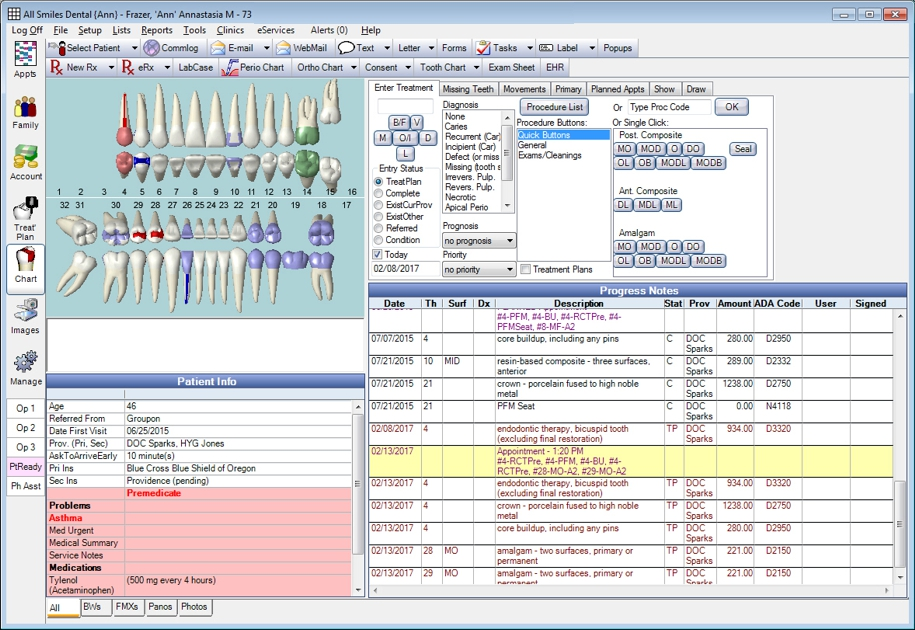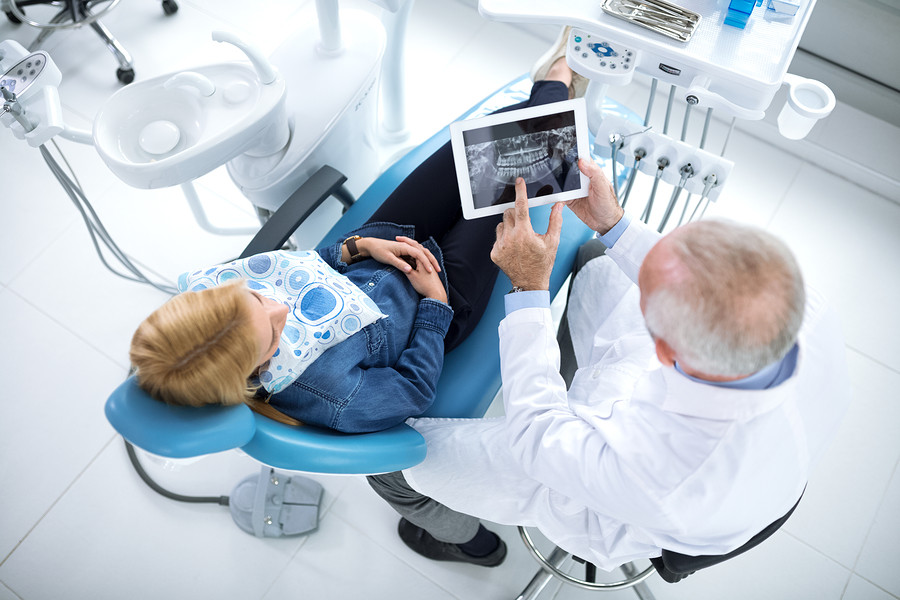

The Credentials Committee of the Board meets approximately every six weeks to review submitted materials on a first-come, first-served basis. You will still need to take and pass exams like the NBDE and TOEFL as the results are part of the requirements to apply (For other requirements, click on the link). In 2008, the Minnesota Board of Dentistry developed considerations to enable qualified dentists from Non-Accredited dental schools to apply for Minnesota dental license.
#Best place to open dental practice license#
The only state that grants a US dental license without additional US training is Minnesota (MN). Some of these options require you to undergo additional training whereas others let you work immediately with a restricted dental license. Now as a foreign dentist, there are a few different options. But there are only nine CODA (Commission on Dental Accreditation) approved and ADA recognized dental specialties – Dental Public Health, Endodontics, Oral and Maxillofacial Pathology, Oral and Maxillofacial Radiology, Oral and Maxillofacial Surgery, Orthodontics and Dentofacial Orthopedics, Pediatric Dentistry, Periodontics, Prosthodontics.

Find all the information you need to know about Advanced education options here. Various post-doctoral/specialty programs in 11 different branches of Dentistry are available for further education. Programs such as GPR (General Practice Residency) or AEGD (Advanced Education in General Dentistry) are similar and provides a dentist with further training in General Dentistry. There is no obligatory 1-year clinical internship like it exists in some of the other countries. Dental school is a 4 year (2-year pre-clinical & 2-year clinical) course, after which you take the regional licensing exam to apply for the state dental licenses. Dental schools consider DAT scores, grade point averages (GPA), interviews and letters of recommendation during the admission process. They then write the DAT ( Dental Application Test) exam which is administered by the ADA (American Dental Association) and comprises of 280 questions related to the natural sciences, with reading comprehension and quantitative reasoning. Let’s start with how becoming a dentist is normally done in the USĪfter high school (11th & 12th grades), aspirants complete a 4-year undergraduate college degree preferably with an emphasis on pre-dental subjects. What you decide to do is dependent on how much work you are willing to put into the process and how much freedom you want to practice in the USA. The most commonly asked questions are – How do I practice in the US? Do I need to study all over again? Can I practice without going back to dental school? Hopefully, this post might be the most useful to answer these questions.This is an overview of the possible options that are available to foreign trained dentists and the ways they could practice in the US. But if you plan to go this path, be in it for the long haul…it is not going to be easy…physically, emotionally or financially. Though the thought may seem daunting, it can be done successfully.

If you are reading this, it would mean you are most likely a foreign trained dentist curious about practicing dentistry in the USA.


 0 kommentar(er)
0 kommentar(er)
